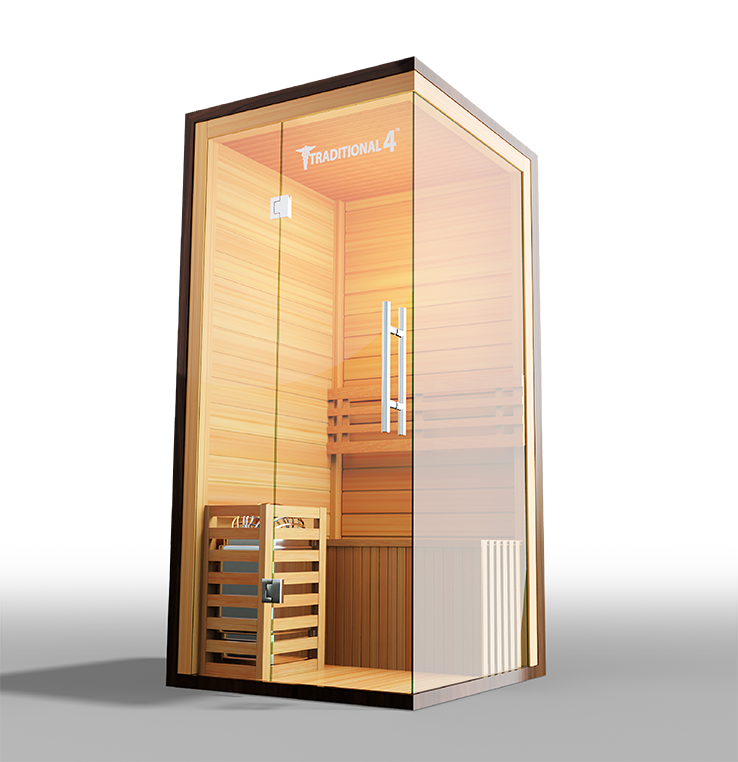Traditional Sauna Fundamentals Explained
Table of ContentsTraditional Sauna Can Be Fun For EveryoneTraditional Sauna Can Be Fun For EveryoneGet This Report on Traditional SaunaSome Known Details About Traditional Sauna Some Known Factual Statements About Traditional Sauna
The majority of the weight lost in a sauna is water loss and is re-gained upon rehydrating. Without a question sauna can be a crucial component of a healthy weight loss program. To check out the differences in between conventional and IR saunas, I will divide these into proven, academic, and produced distinctions.Hence, the most popular point in the saunawhich is at the ceiling directly above the sauna heateris generally in between 185 and 190 F. Claims that a traditional sauna goes beyond 200 F is just not true and not relevant for electric saunas offered in the US. The temperature level for a far-infrared sauna is typically set in between 120 and 140 F; nevertheless, unlike the traditional sauna, the goal in and IR room is not to accomplish a heat.
As a result of this, the temperature level difference is almost irrelevant, considering that excessive sweating leads to both sauna types, however the method of heating the body is various. In an IR sauna the bather will feel warm and will certainly sweat profusely, yet at a lot lower temperature levels (Traditional Sauna). Therefore, if the goal is to invest longer durations of time in the sauna, the IR sauna is a good selection
When a traditional sauna has actually been properly warmed, the sauna walls are warm, the air temperature has actually attained set temperature level and the rocks are very heated. As an intriguing side note, the heated wall surfaces and the rocks are producing far-infrared heat, incorporated with the warmed air, to produce an "covering warm".
More About Traditional Sauna

When the heat is attained, the elements cycle on and off to maintain the high temperature. The majority of typical sauna individuals take pleasure in pouring water over the rocks to create vapor to increase sauna humidity levels. The advantages of putting water over the rocks consist of: making the area extra comfortable, moistening the nasal passages, and permitting the use of aromatherapy by mixing vital oils with the water.

When the power gets in the body, it causes the body temperature to boost and inevitably causes sweat. In an infrared sauna it's vital for the emitters/heaters to stay on almost constantly. Considering that there is no mass of rocks to preserve warmth, the sauna will cool if the emitters shut off.
As discussed above, the sauna bather in an infrared space wishes to place himself in front of running emitters to get maximum advantage from the warmth. The heating time for both rooms can be really different, relying on how the rooms are used. For a standard sauna, a bather should permit 30-40 minutes for the area to achieve a wanted temperature level and to appropriately pre-heat the rocks.
Traditional Sauna Can Be Fun For Everyone
A well constructed sauna will usually attain a temperature level of 150-160 F in regarding 30-40 minutes. For hotter the original source temperatures, the area may need to warmth for a longer period. Once the area attains set temperature level, the heater will certainly cycle on and off, commonly running concerning 50% of the moment. The shielded walls and the warmed rocks will certainly maintain the space warm and at steady temperatures.

Traditional saunas often tend view website to be larger (thus use even more power) than infrared saunas, although traditional saunas are definitely available in one and two individual dimensions. For a two-person conventional sauna, 5x6 or 5x7 dimension is most preferred. The top bench can comfortably seat two or three individuals and is additionally long enough to rest throughout the sauna session.
Facts About Traditional Sauna Revealed
The typical expense per kWH of electrical power in the united state is about $0.11, so a 4.5 kW heating unit will cost approximately $.50 to run for one hour, if the heater runs constantly for one hour. Generally a sauna heating system will certainly run for 75% of the very first hour and 50% of subsequent hours on given that the components cycle once the established temperature level is achieved.

There is a rarely go to these guys talked about difference in the social experience in between the two areas. While our society has actually shed some of the social benefit of the standard sauna experience, it can be very socially rewarding (Traditional Sauna). From family time in the sauna, to heart-felt conversations with loved ones, to sauna partiesthe typical sauna experience can bring about intimate interacting socially
The Only Guide for Traditional Sauna
The majority of greater end infrared areas consist of tinted light treatment, noise systems and full-glass fronts.